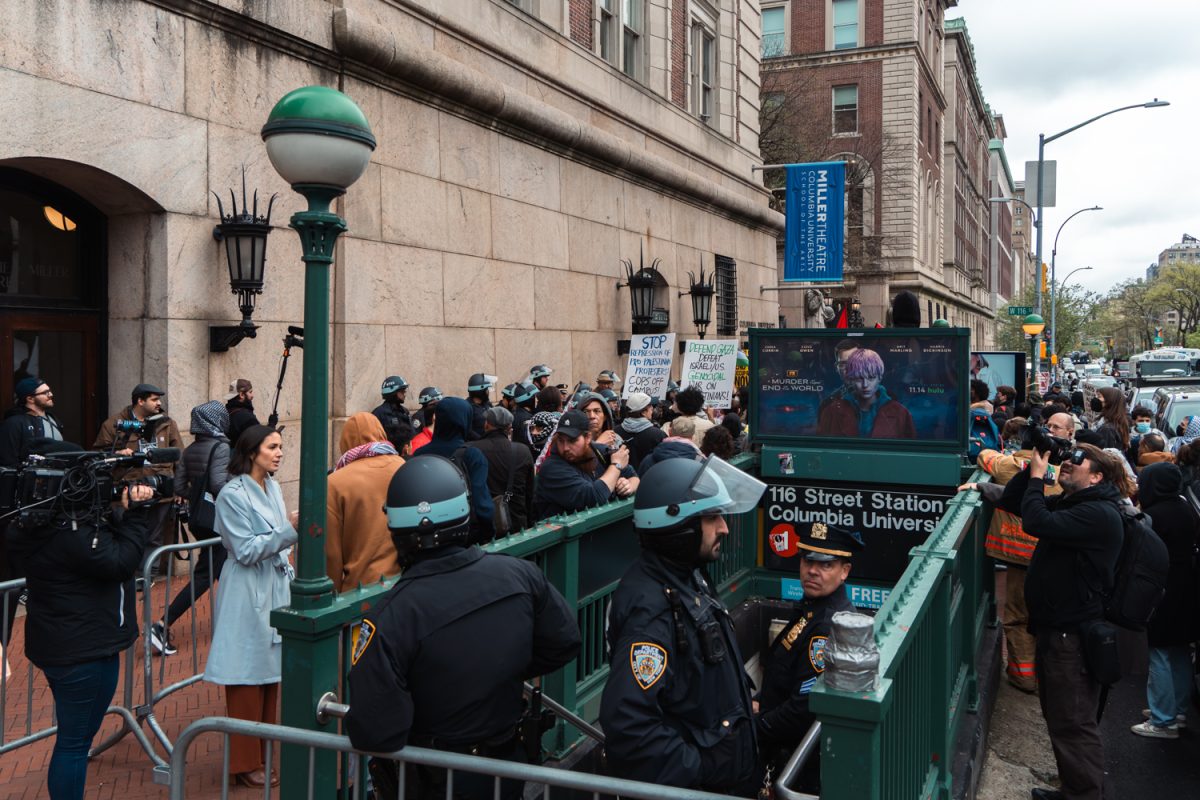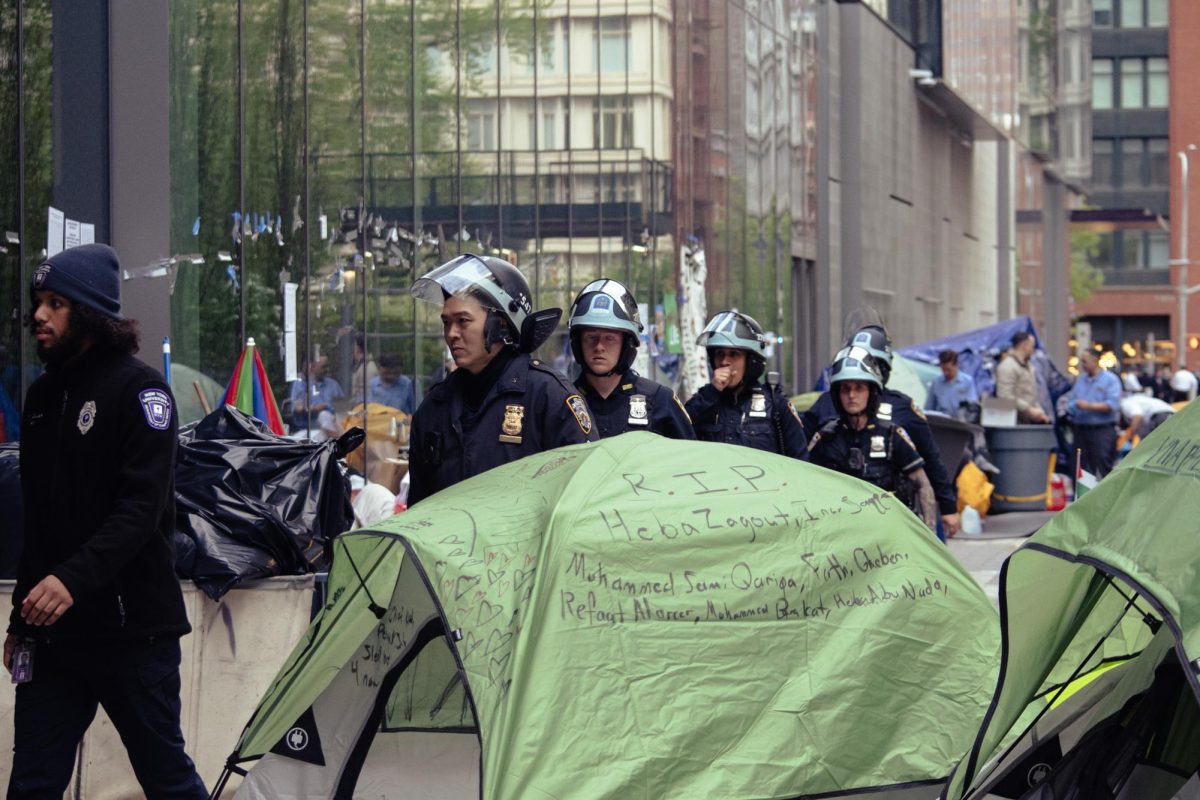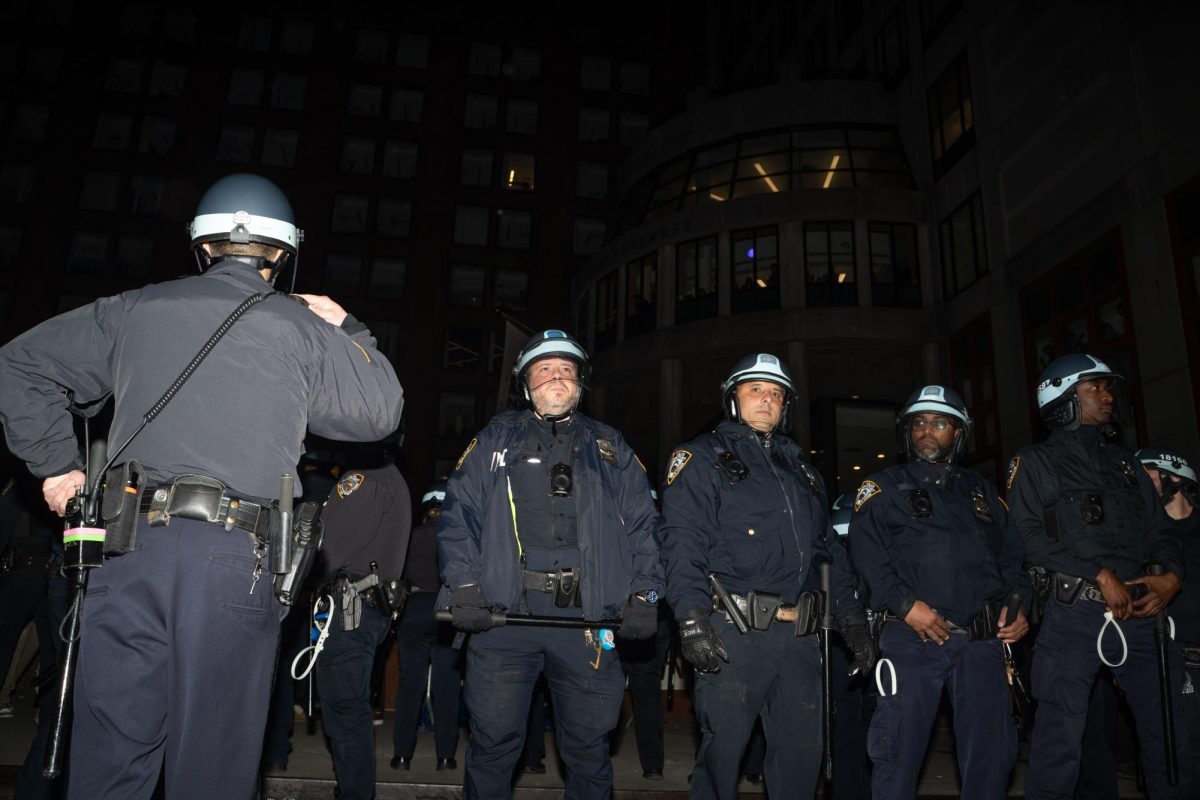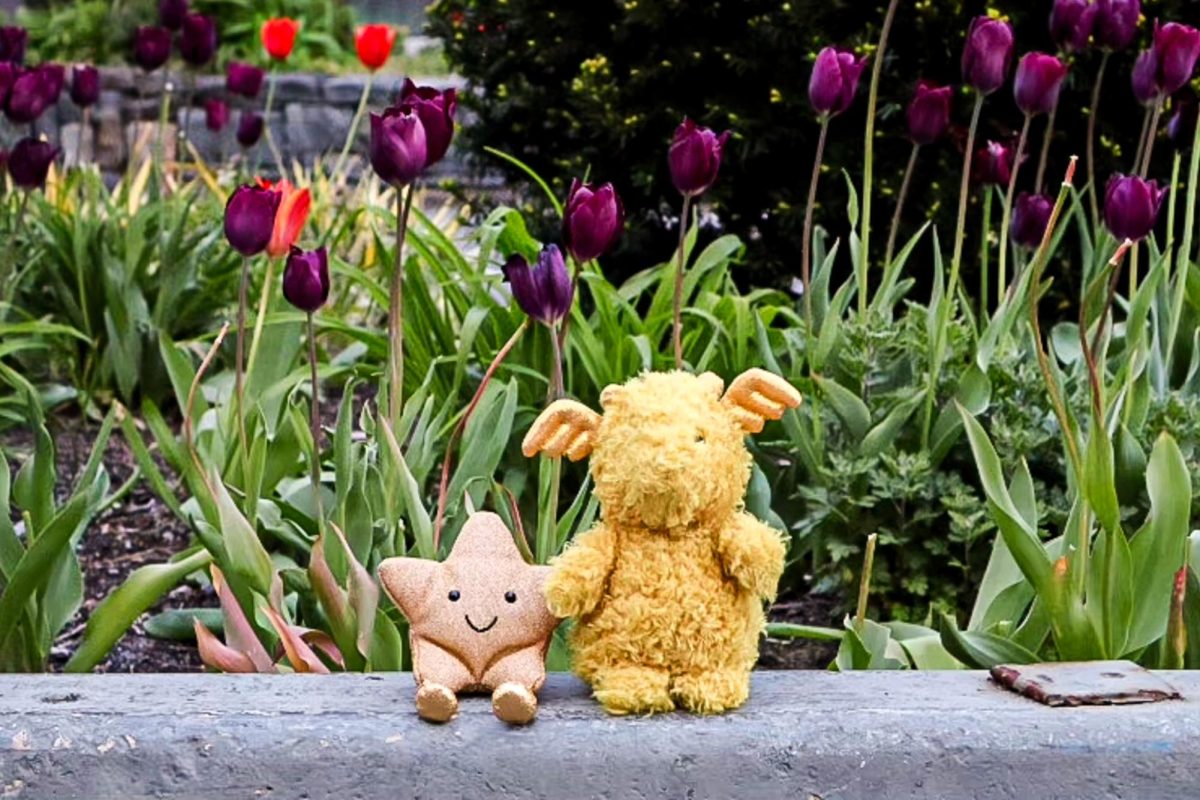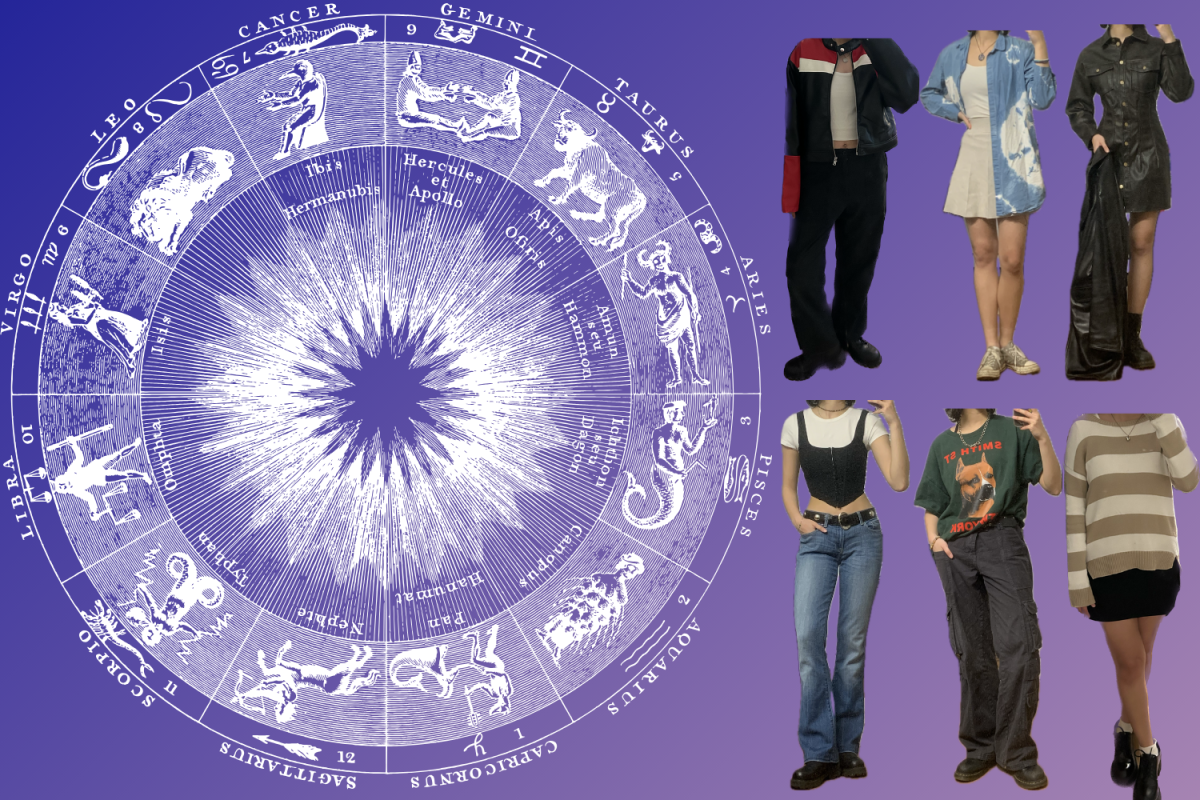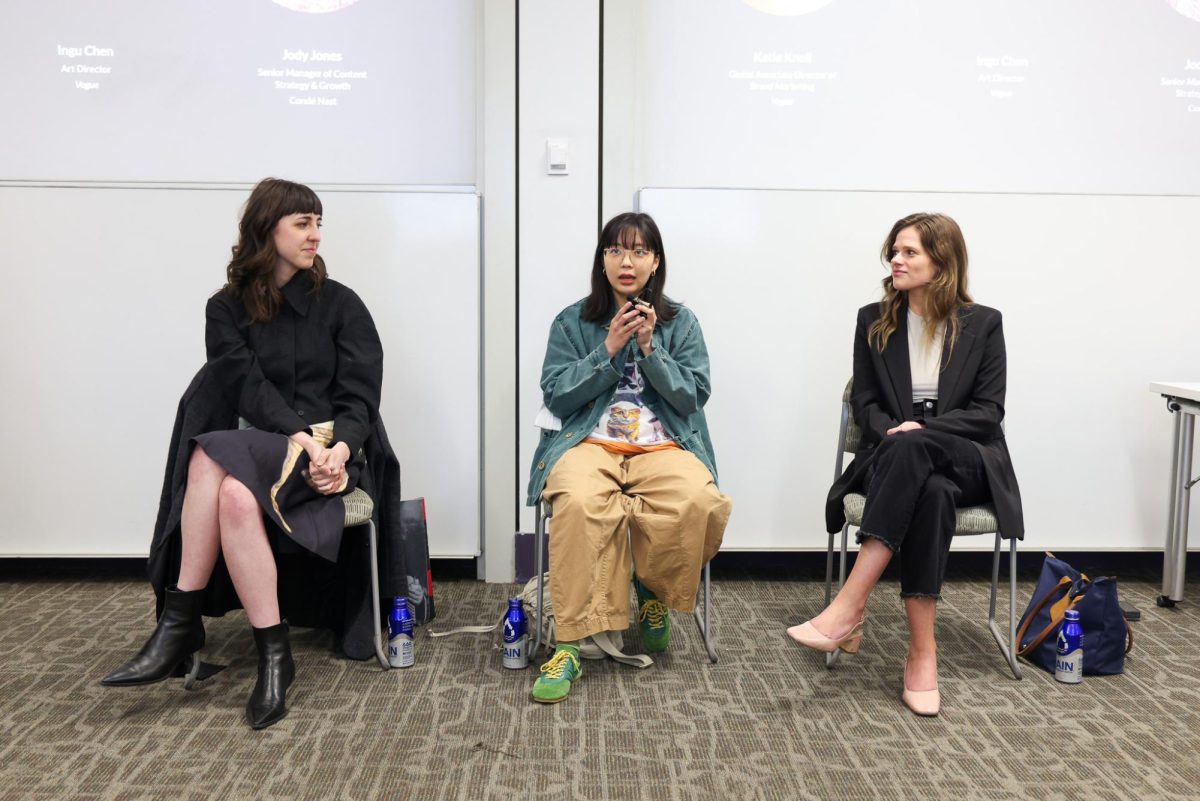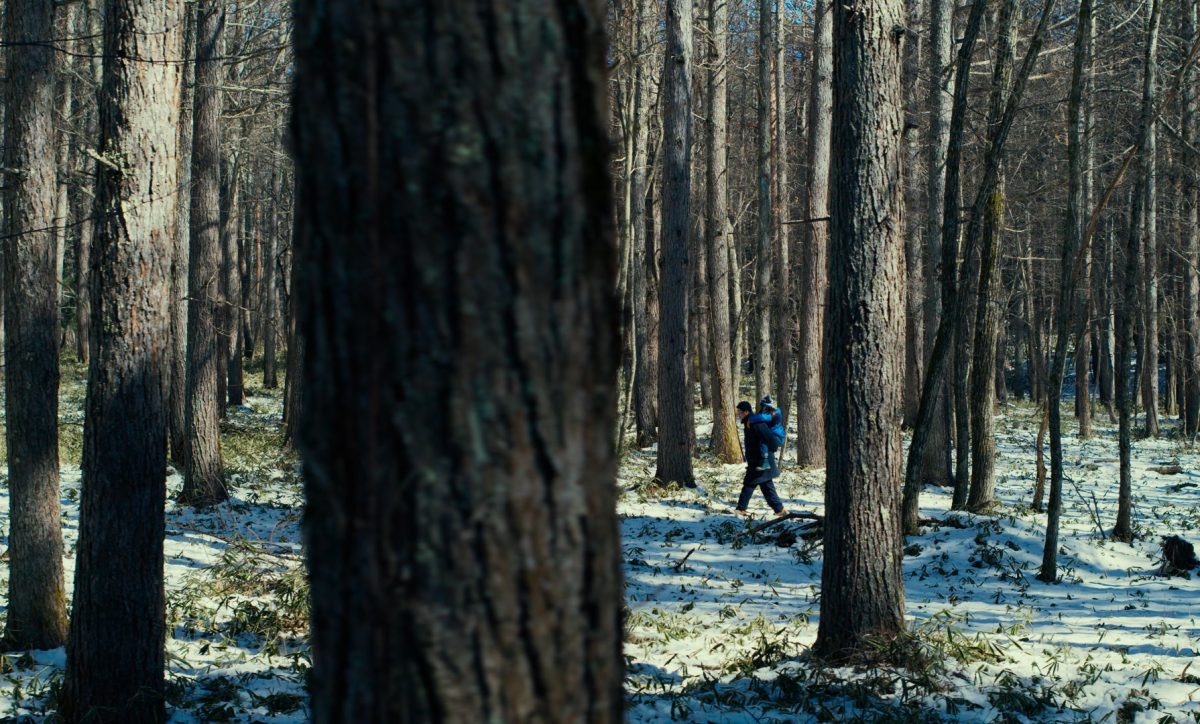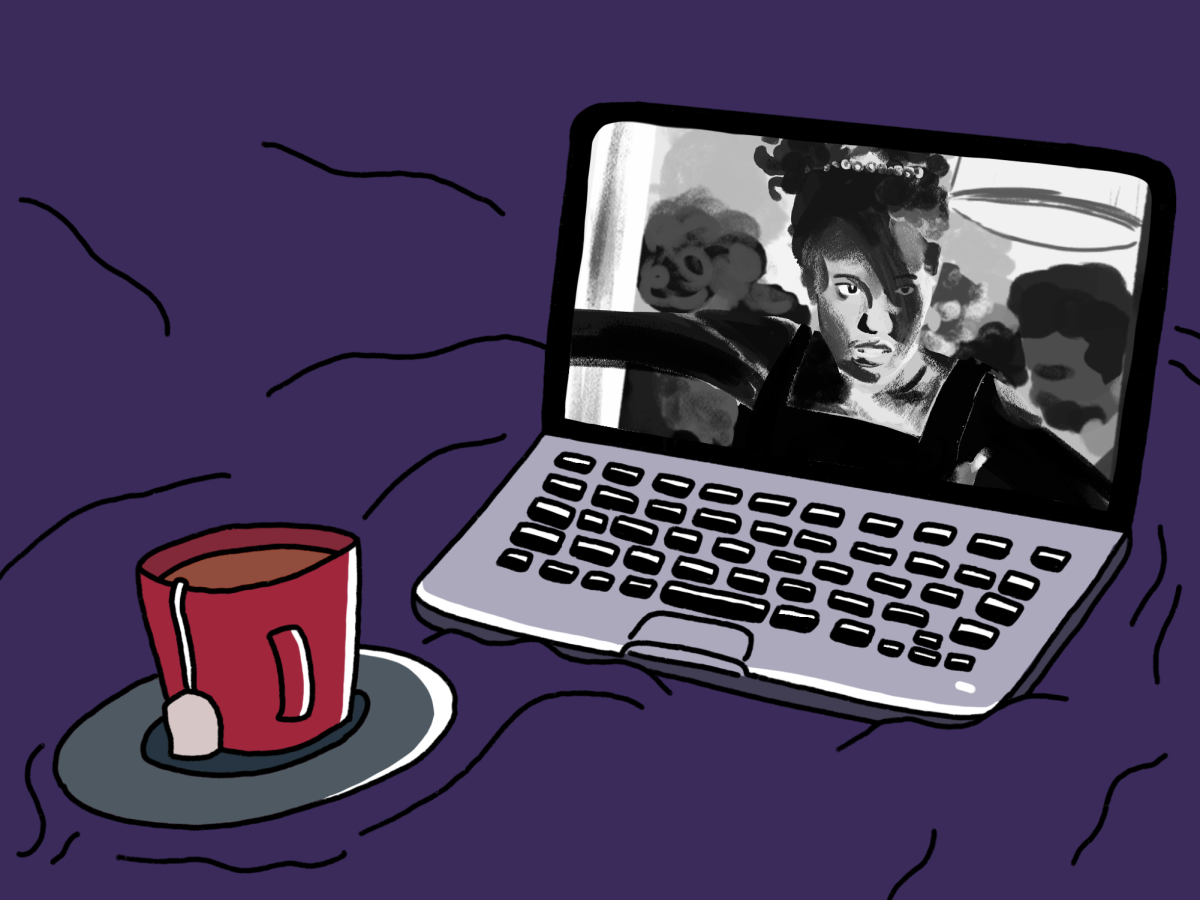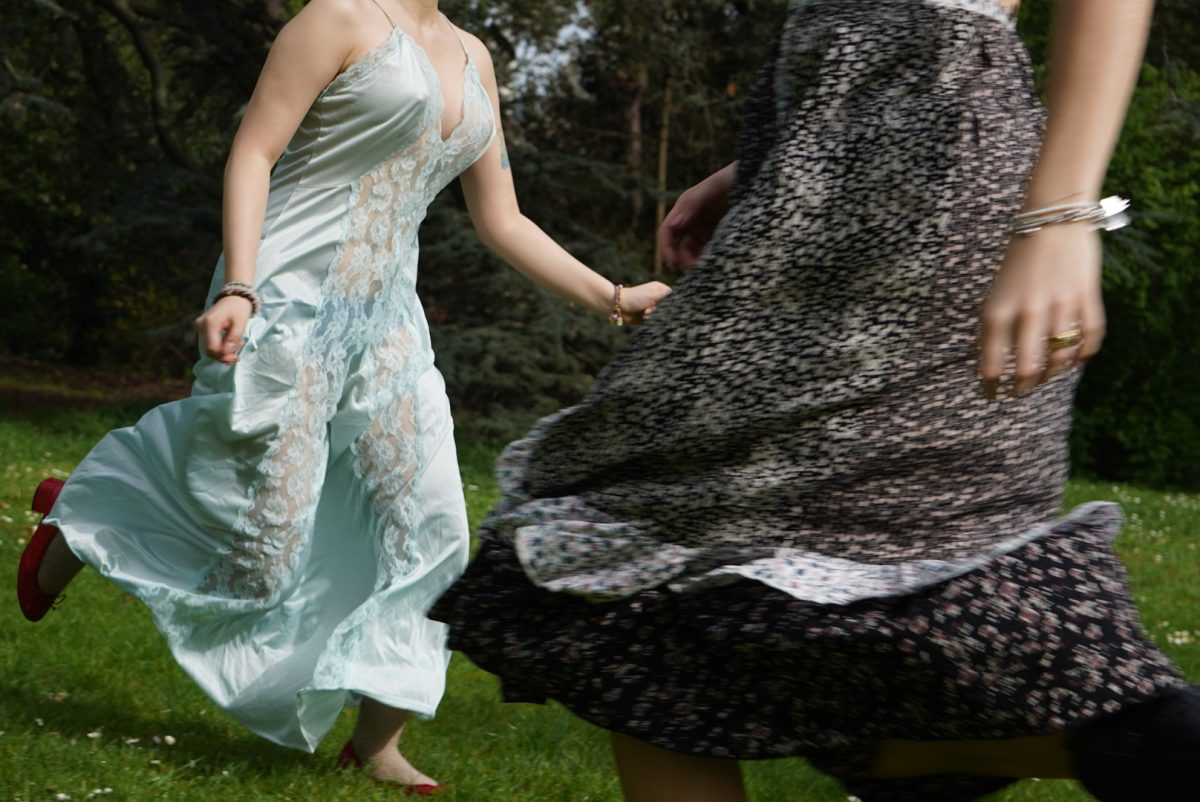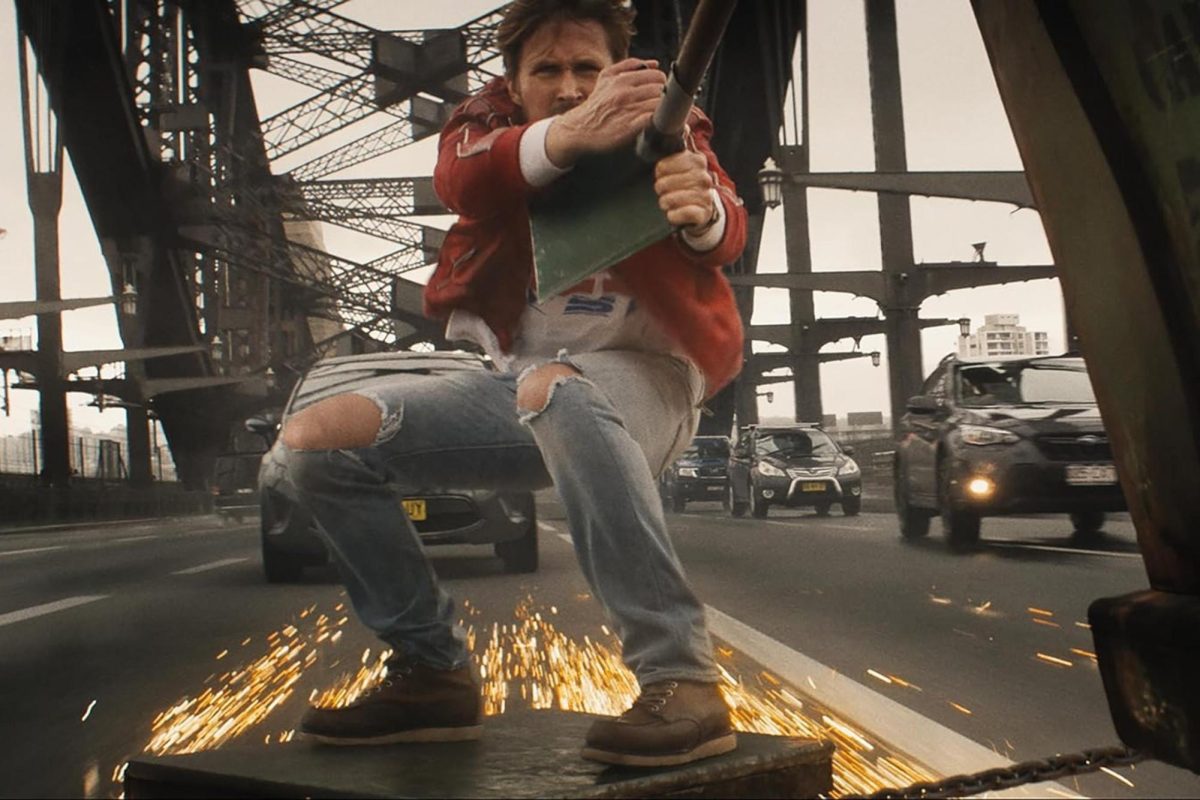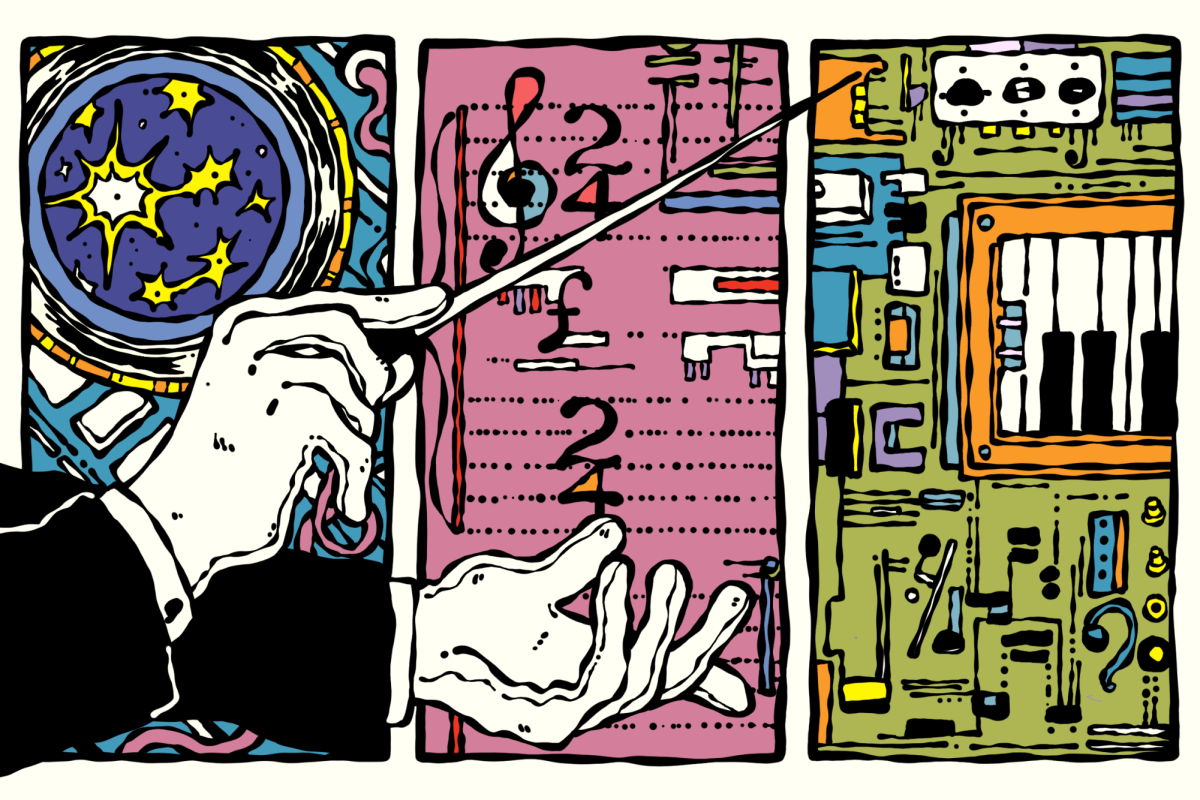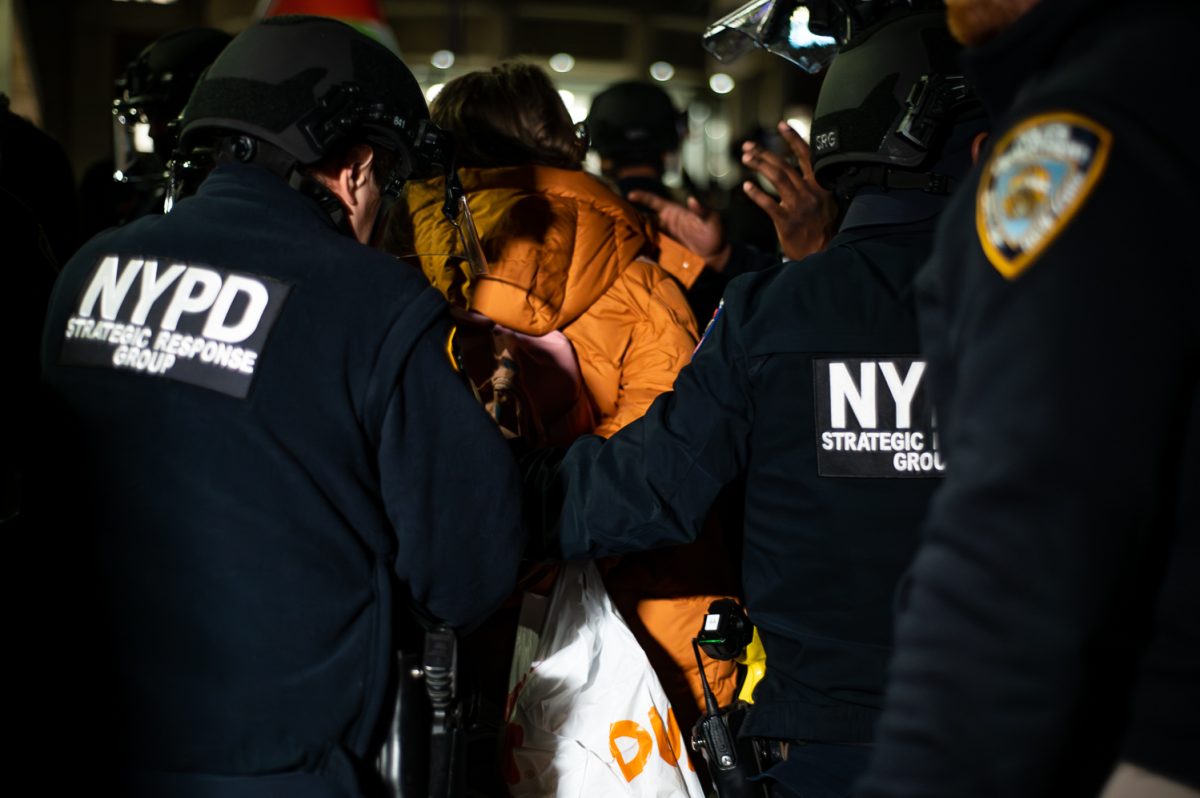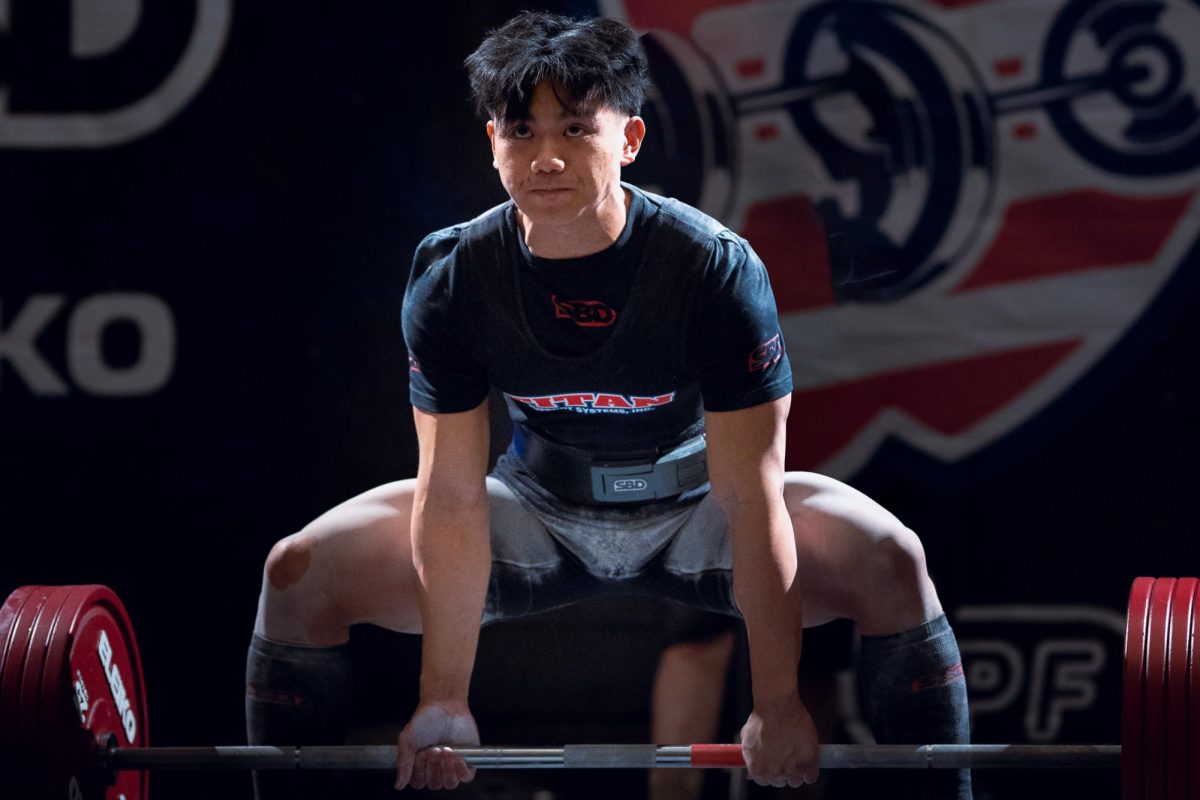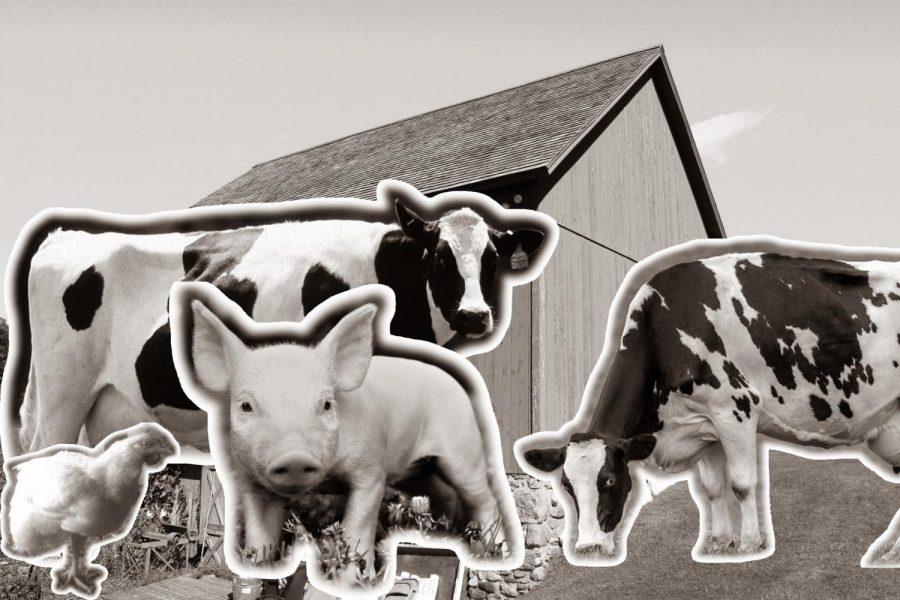When we envision great movie stars, we think of the usual suspects — Robert De Niro, Tom Hanks, Clint Eastwood, Meryl Streep — with variation depending on your preferred genre, of course. One of the things all of these stars have in common, though, is that they are humans — we don’t usually imagine, say, large pigs as movie stars. However, “Gunda” changed my perspective.
“Gunda” is the work of Russian documentary filmmaker Viktor Kossakovsky. Partially inspired by Kossakovsky’s childhood experience of having his cherished pet pig slaughtered for a pork cutlet dinner, this movie presents us with a raw and unfiltered look at the lives of mother pig Gunda and her newborn piglets, with guest appearances from a flock of chickens and a herd of cows.
This piece is the product of Kossakovsky’s dedication to and compassion for animals, and more specifically farm animals: a group whose human-like aspects are often overlooked. This movie has been in development for three decades. Although studios prefer to fund works about animals which are accepted by the mainstream as cute, such as dolphins or pandas, Kossakovsky persisted.
Kossakovsky told Deadline that when he first met the pig named Gunda, he felt like he had found his Meryl Streep. Like Streep, Gunda knows how to give an amazing performance — except Gunda isn’t performing at all. This is what makes observing this pig so exceptional. The black-and-white format captures Gunda’s exhausted breaths after caring for the newborn piglets battling each other for her milk. We hear these deep exhalations intimately — since the film has no score or dialogue, only the beautiful cinematography influences our perception of this scene. We see the light capture a perfect silhouette of Gunda from the movie’s opening shot: a vision of Gunda and her piglets’ home.
This absence of a score, narration or even colorful imagery is thoughtfully executed. Instead of attempting to persuade his audience directly, Kossakovsky wants people to watch the movie and make their own judgments afterward.
Watching a chicken cautiously stepping out of its cage,I heard swarms of flies and birds chirping in the distance. As the chickens get their bearings, heads looking around, I can’t help but see them in the same light I would see a group of humans getting off a bus in a strange place, and not knowing where to go.
When the herd of cattle was introduced, the camera focuses on a few of them as they graze the pasture. Their gaze into the camera captures their unique innocence and humanity, and one cannot help but feel connected with — even protective — of them.
This film makes the case that these animals are not on this planet for our dinner, but to coexist peacefully with. I came to this conclusion through watching the animals calmly interact with each other in their own environment, illustrating the power of Kossakvosky’s flawless depiction of these beings.
Kossakovsky implies human presence with the machinery used to transport the chickens at the beginning of the film. We see this machinery once again toward the end with Gunda and her children. The machinery clashes with the peacefulness of the countryside and depicts humans as a disruptor — a force that inserts itself without asking. It is a testament to the subtle and intentional power of Kossakovsky’s film that the viewer is left with the feeling like they need to become part of the solution, rather than staying part of the problem.
The final scene of the movie presents Gunda as anxious. She stops at every sound that she hears. Finally, when she does go inside, we are left with the image of the doorway that we began with. It pained me to come to the conclusion that her behavior was due to nearby human interference. Although the star has exited the scene, we are left with the option to either reevaluate our relationship with animals or go on with our carnivorous lives as before.
“Gunda” makes it impossible to disregard the humanity of an animal or to separate the killing of them from the killing of a fellow human. This film is not necessarily a casual viewing experience, but it is a necessary one. It is a film that makes you aware of the system you are participating in. Although it may be uncomfortable for you to watch, if you continue to participate in the killing of animals, then this should be required viewing. The film did all this without uttering a single word or striking a single note.
Email Sophia Carr at [email protected].






